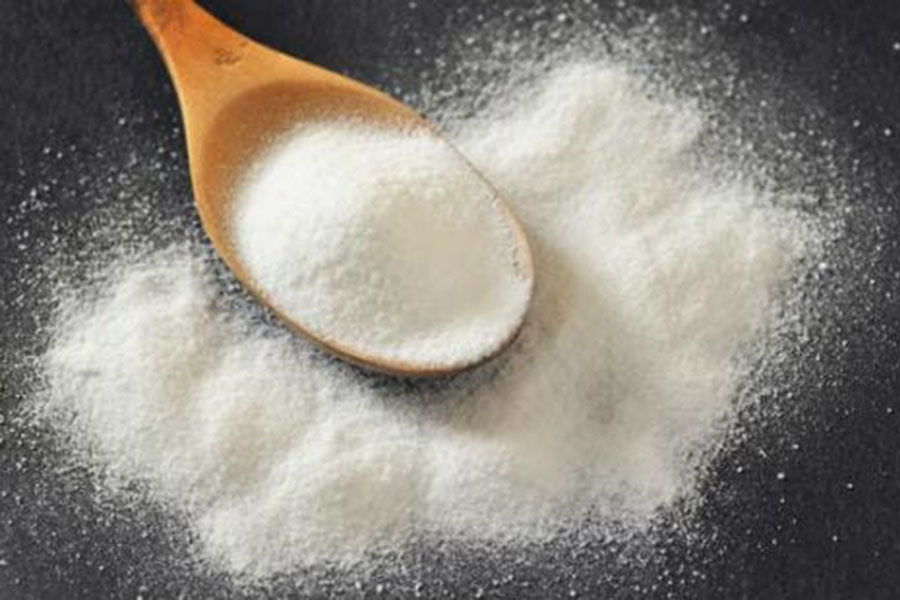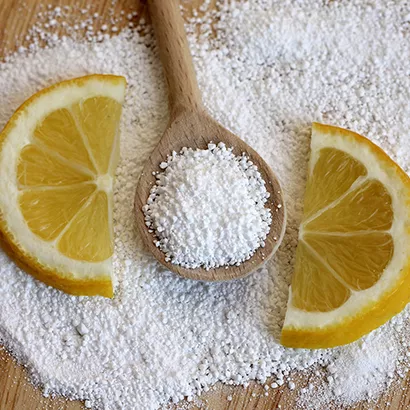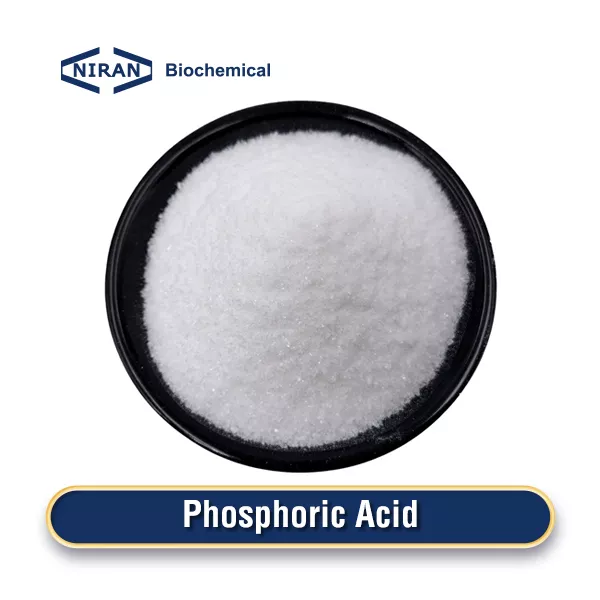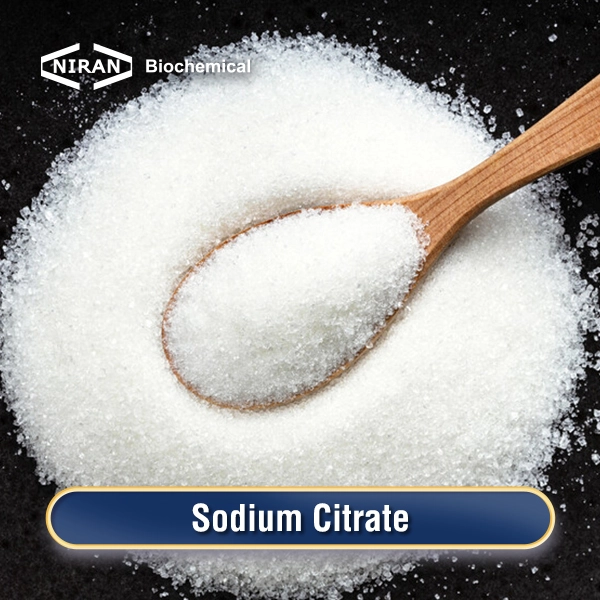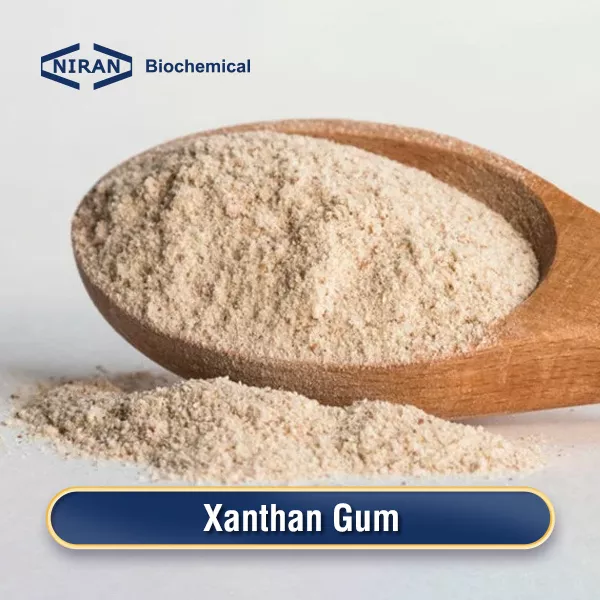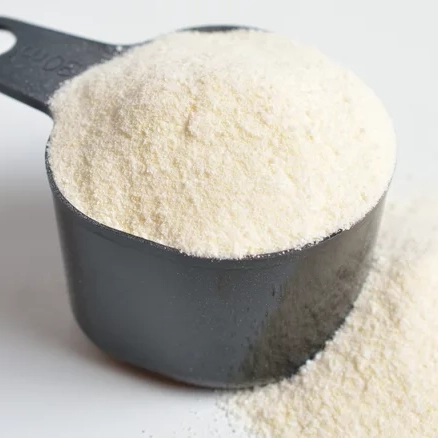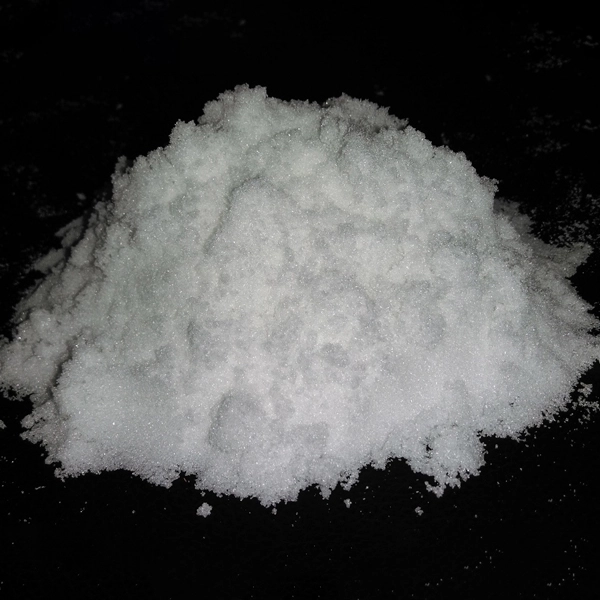Common Food Additives in Baked Goods
In the world of baking, food additives play a crucial role in enhancing the quality, texture, flavor, and shelf life of baked goods. From improving dough consistency to preserving freshness, these additives are indispensable in modern baking practices. The common types of food additives used in baked goods include leavening agents, emulsifiers, preservatives, coloring agents, […]



